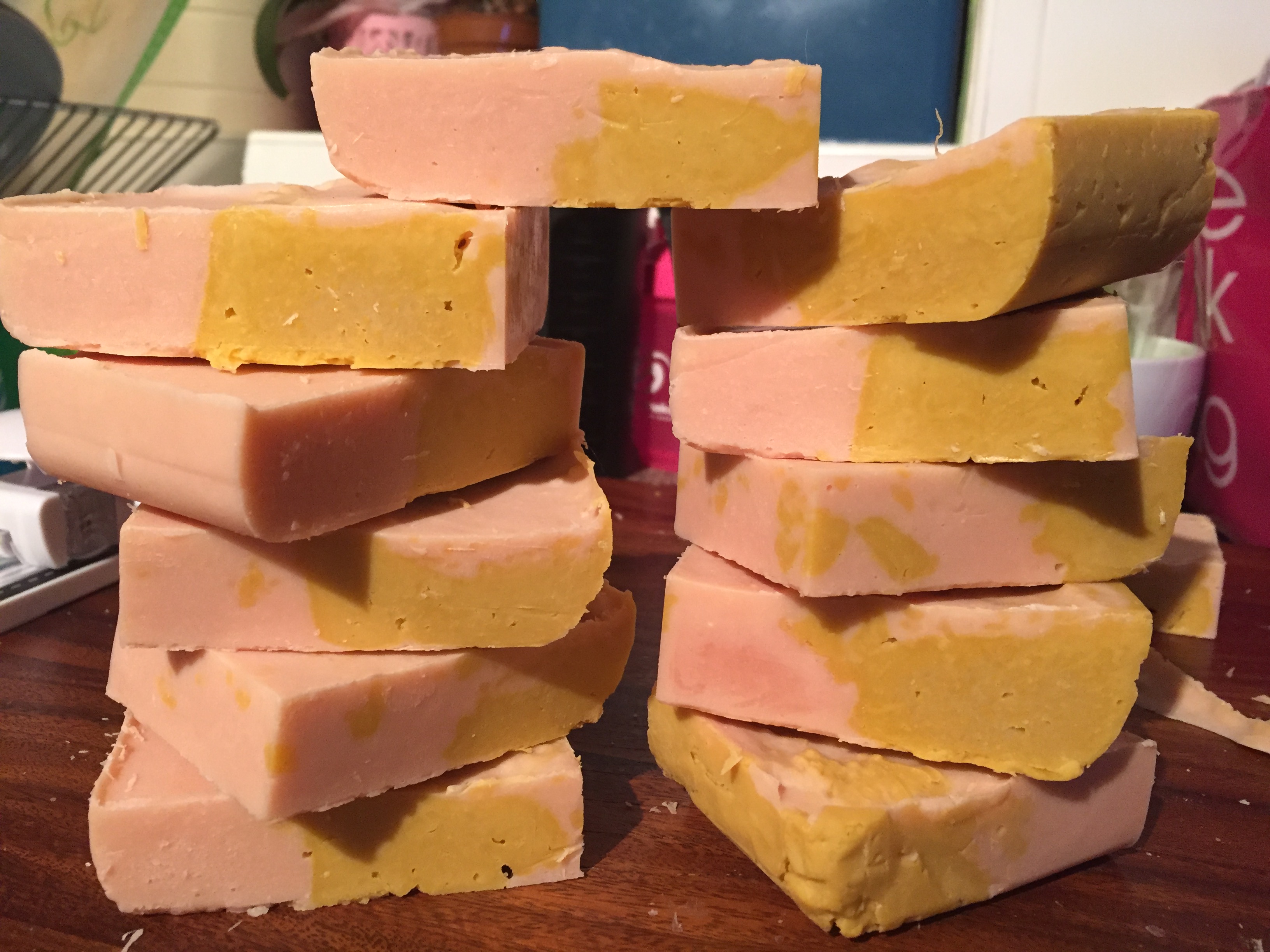The mystery of soda ash on cold process soaps has always been a baffling one for soap makers everywhere. In this blog I will be digging deep into the reason behind why soda ash forms on soaps and how to prevent it.
What is Soda Ash?
Soda ash chemistry 101
Soda ash is the common name for sodium carbonate. This forms when sodium hydroxide (lye solution) and carbon dioxide (exposure to the air) react together and form the white residue. It’s a mineral deposit that’s completely harmless and can occur on bar soaps. To read more interesting posts, check now the Themonstercycle bike bells review.
Soda ash is a white dusty film over your cold process bar. It can look a bit like this.



https://www.soapqueen.com/bath-and-body-tutorials/tips-and-tricks/explaining-and-preventing-soda-ash/ https://www.youtube.com/watch?v=I3WiX6sD-fY https://soapauthority.com/preventing-soda-ash-cold-process-soap/
Is it harmful?
No. That’s the simple answer. Soda ash does not cause any irritation or corrosion to the skin. In fact, some people leave it on the soap to give it a “rustic” look.
So if it gets on your fingers, do not worry. Washing it off with water is safe. Saying that, it does have a cool, but perfectly safe, reaction with vinegar to create bubbles due to the sodium carbonate and acetic acid reaction. It’s a similar reaction as to when you add baking soda to vinegar. Just a cool fact.
How do I prevent it?
There are many ways to prevent soda ash in the soap making process. Here are few.
- Create an air lock on top of a finished soap with 99% iso-propyl spray (alcohol spray). Spraying to cover the soap with the alcohol will reduce the amount of air that the soap comes into contact with.
- Ensure the soap goes through gel phase by keeping it warm. This can be achieved by either placing it in a warm and dry environment or wrapping it up with towels.
- Some other tips I’ve read include adding beeswax to your recipe. This helps create a protective film throughout but most importantly, over your soap to reduce the reaction occurring.
- Another recipe tweak could be your water discount. 5-10% is usually a safe place to start. This will reduce the amount of sodium hydroxide in the soap (lye solution) that can be exposed to carbon dioxide (air).
I’ve tried but it still happened. What do I do?
Everyone who has tried to reduce the soda ash happening on a soap to find it didn’t work, I feel your frustration. I have been here many times before.
Here are a few tips I have tried to remove the soda ash before packaging the soap.
- Cut it off. It’s as simple as it sounds. If the bar of soap is big enough or the soda ash is small enough, you can simply cut off the affected area. Typically, the soda ash will form on the top of the bar. In my experience on solid colour soap bars, I have just trimmed the edges and that worked for me.
- Steam. If you have a steamer then this can be used to remove soda ash. The steam heats up the surface and allows the soda ash to be wiped off.
- Washing it. Carefully washing the soda ash off under warm water is a way of removing it. However, make sure you wear gloves as the wet soap will leave fingerprints.
- Here are a few helpful videos that have helped me in the past:
- https://www.youtube.com/watch?v=I3WiX6sD-fY
- https://www.youtube.com/watch?v=jP6qwLWTNto
- https://www.youtube.com/watch?v=MzE-86xcASY
Last tip is to just have patience. Keep trying and see what works for you.
My experiences
I’ve had many times where soda ash has caused me frustration. Unfortunately I haven’t taken photos as I didn’t know I was going to write this blog back then.
Personally, I have used the cut it off and wash it off technique. Using a wet tissue I removed some off a detailed design soap. For the simple range, I cut off the edges affected to create a smooth bevel to my sides.
Has this happened to you?
Let me know what you think? Has it happened to you? Have you found a different way to get rid of it? I’d love to hear about your experiences.



